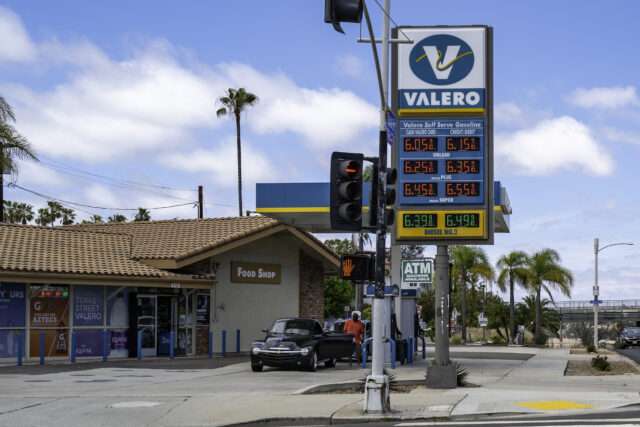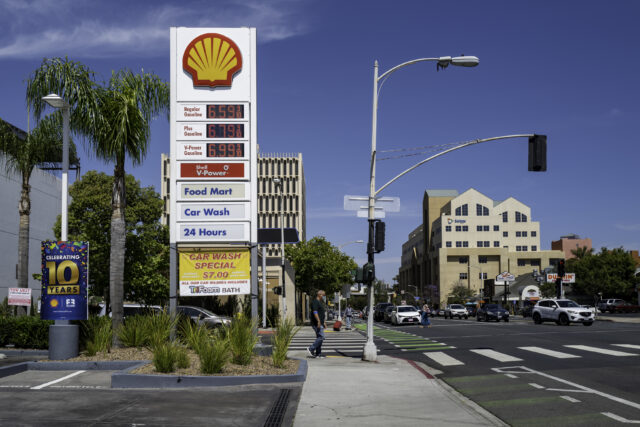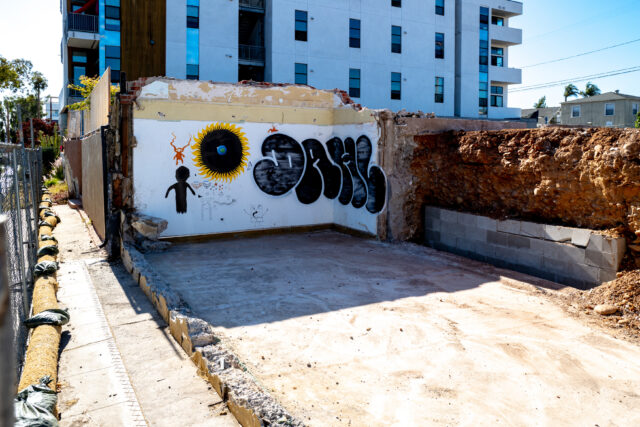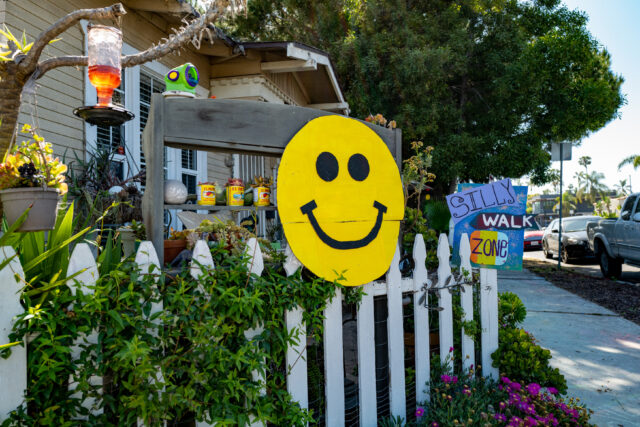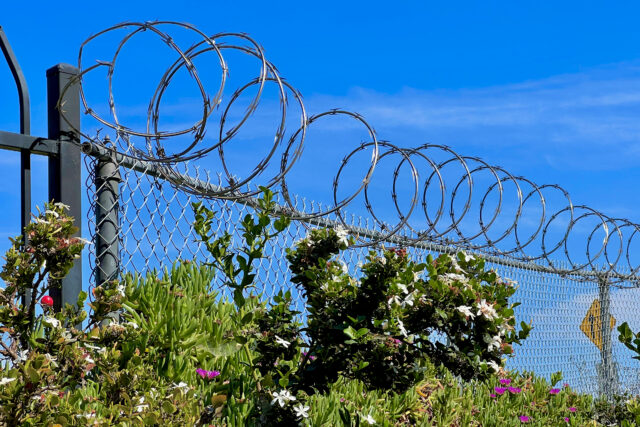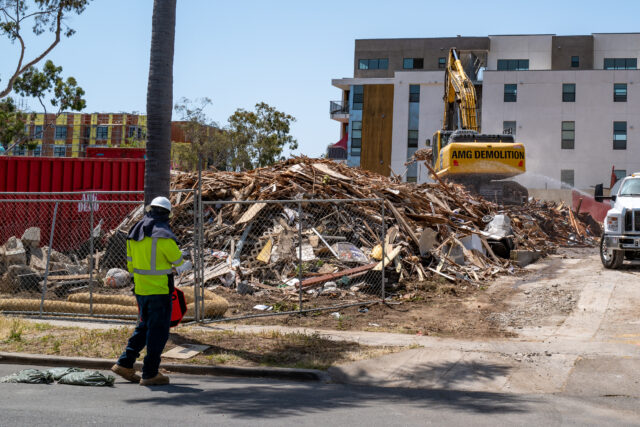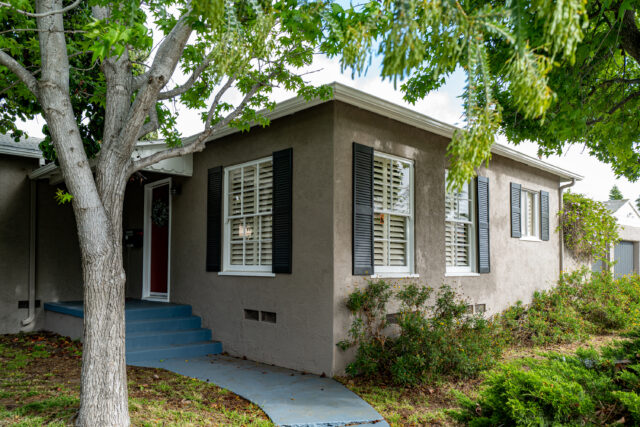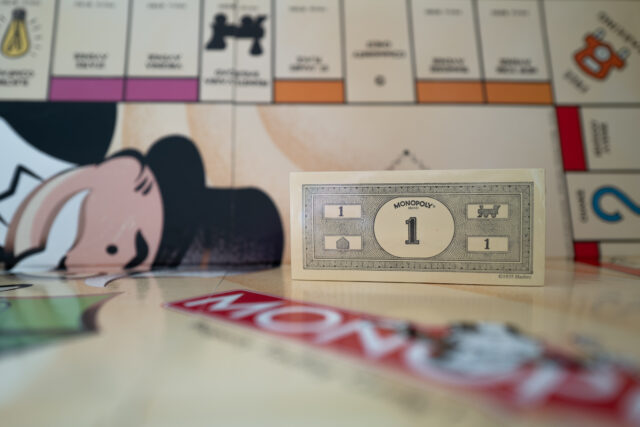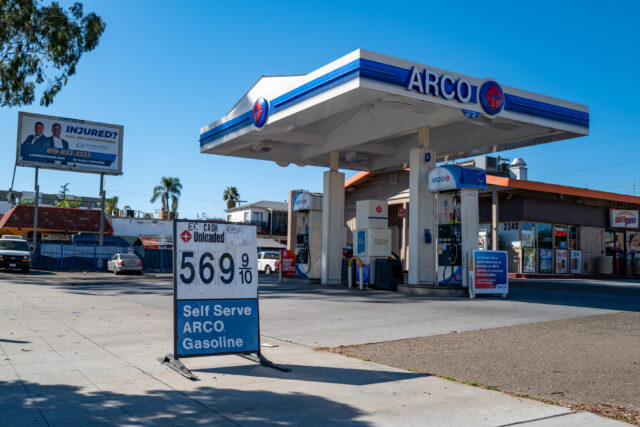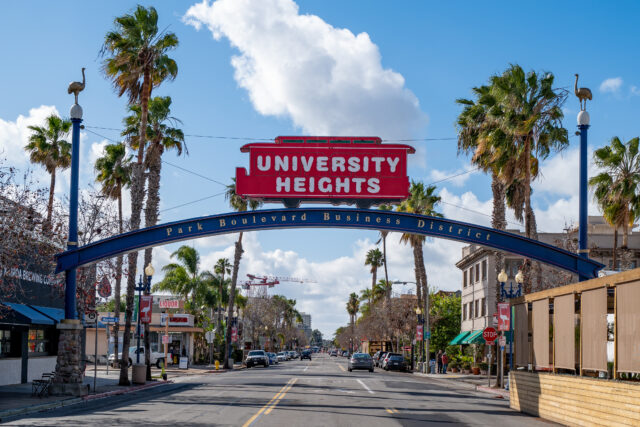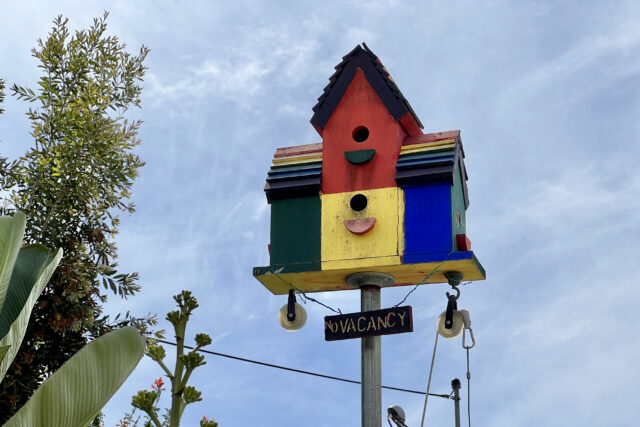The price of gasoline is now above six bucks at my local Valero, which is one of the more affordable stations in this part of San Diego. Diesel is higher, and that’s a problem for truckers and the cost of transporting goods to retailers.
But there is another dimension that I hadn’t considered. Back home in Northern Maine, farmers are planting crops for autumn harvest. My dad reminded me that tractors and other equipment typically run on diesel. Higher costs transporting food is a bad situation, but the spike to grow food is far worse—especially if some smaller farms simply can’t afford to operate.
